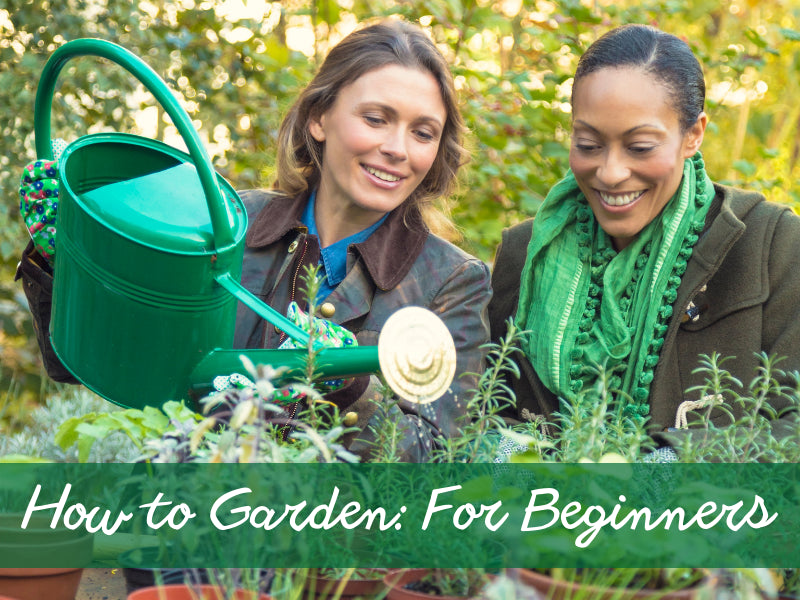
How to Garden: For Beginners
Many believe that gardening can have a wide range of benefits. Such as reducing depression and anxiety, lowering stress levels, enhancing your mood, and adding a sense of community. Not everyone has a green thumb though. If that’s the case, this beginners guide can help you thrive with your first official garden!
-
Location
When starting a garden, it is important to find the best location. Place it in an area of your yard that you will see it regularly. The saying, “Out of sight out of mind,” cannot apply to gardening! If it is somewhere where you can look at it often, you will be more likely to spend time tending to it.
-
Sun
Misjudging the amount of sunlight your garden will get is a common mistake when you first learn to garden. It’s important that you pay close attention to how the sunlight plays through your yard before choosing a spot. Many vegetable, herbs, and fruits need at least 6 hours of sun in order to thrive.
-
Water
An important gardening tip is that you plan to put your garden near a water source. If it is close enough to run a water hose to it, you will be alright! Lugging a pale of water back and forth is never a fun activity, even though it could be a workout. The best way to determine if your plants need water is to stick your finger into the soil, knuckle length deep. If it is dry, it is time to water.
-
Soil
One of the best pieces of advice a new gardener can receive is to invest in soil that is well-drained and nutrient-rich! If you mix garden soil, raised bed soil, and potting mix together you can create the perfect blend for your plants.
-
Containers
If you are planning on using containers for your plants, make sure you have a pot that is large enough for the plant it will be hosting. Many plants can thrive while being potted. Vegetables, herbs, flowers, berries, and shrubs are the main plants that are potted. Make sure to fill your container with potting mix so they are protected from over-watering and under-watering.
-
Plants
When choosing plants, make sure they match your growing conditions. That means that you need to do your research! Sun-loving plants must live in a sunny spot. Heat-tolerant plants must live in warm climates. If you want to plant something along the lines of vines or pumpkins, make sure they have the elbow room to move grow and climb.
-
Frost Dates
Make sure you don’t plant to early (or late) in the season because it can spell disaster for your garden! When beginning, you need to know the last average spring frost date for your area so that you can refrain. It is also important to take note of your first fall frost so you can harvest your plants or move them indoors before the cold damages them.
-
Mulch
Apply mulch, 2-3 inches deep, around each plant. This helps to reduce weeds by blocking out the sun. It also reduces moisture loss through evaporation so you can water them less. You can also choose to put down straw, shredded leaves, pine straw, or some other locally available material.
-
Food
After a month of having your plants living lavish in their new homes, you can begin feeding them! You can purchase a variety of different plant foods but make sure that you follow the directions on the label!
1 comment
Sign up for our newsletter
get 10% off your purchase today!


Make sure you don’t plant too early